

— Products —
 Consumer hotline +8618073152920
Consumer hotline +8618073152920 WhatsApp:+8615367865107
Address:Room 102, District D, Houhu Industrial Park, Yuelu District, Changsha City, Hunan Province, China
All products
Soil humidity sensors, also known as soil moisture sensors, are important tools for monitoring and managing soil moisture levels in agriculture, horticulture, landscaping, and environmental monitoring. In this comprehensive guide, I will cover the working principle of soil humidity sensors, their application value, installation methods, and practical considerations.
Tel/WhatsApp:+8615367865107
Email:Arvin@niubol.com +Nearly 100 partner companies in more than 68 countries. We are committed to providing high-quality, practical products to meet your needs and help you solve problems. Our products comply with international standards and are certified with ISO, CE and RoHS.Product Details
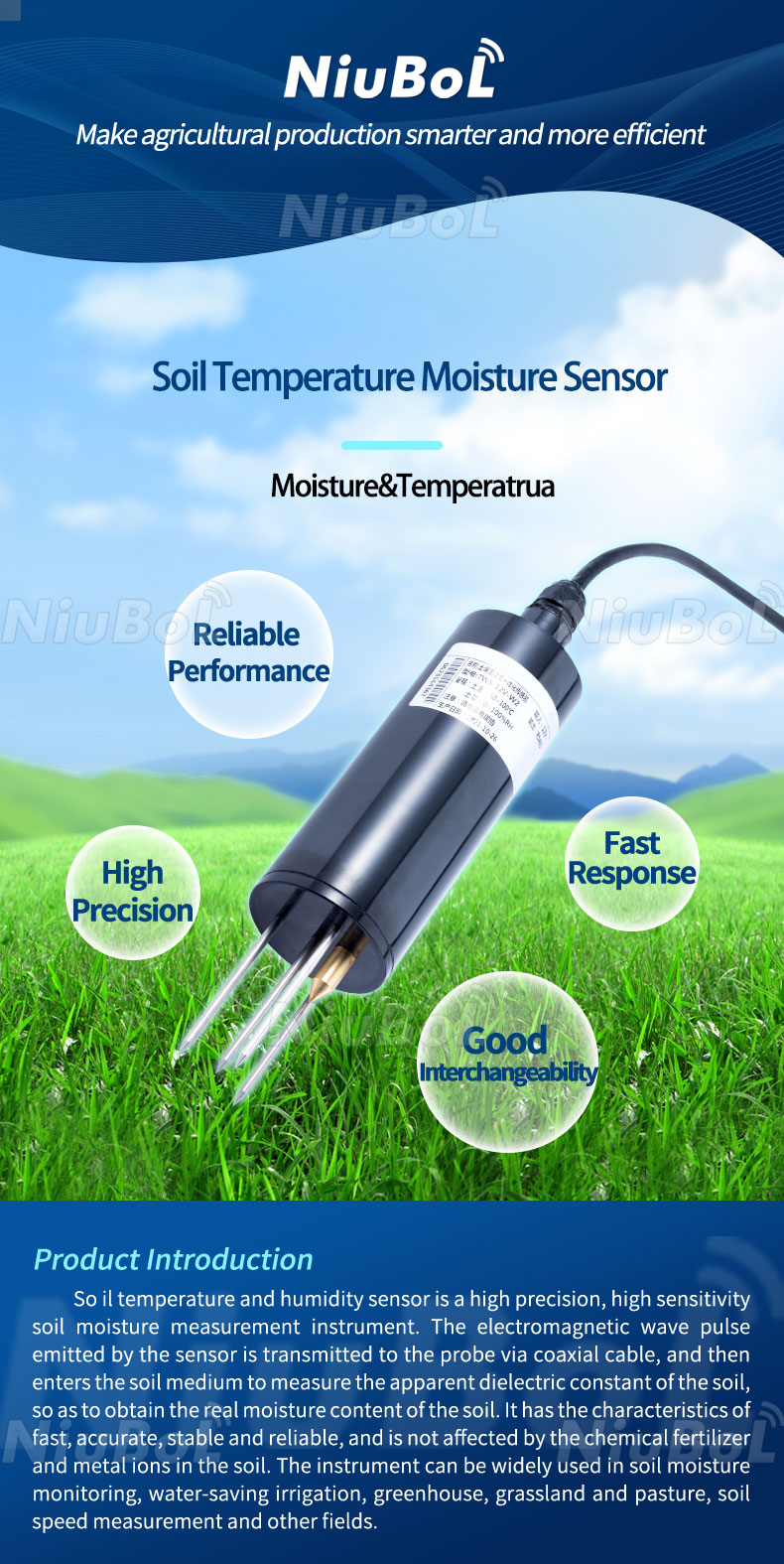
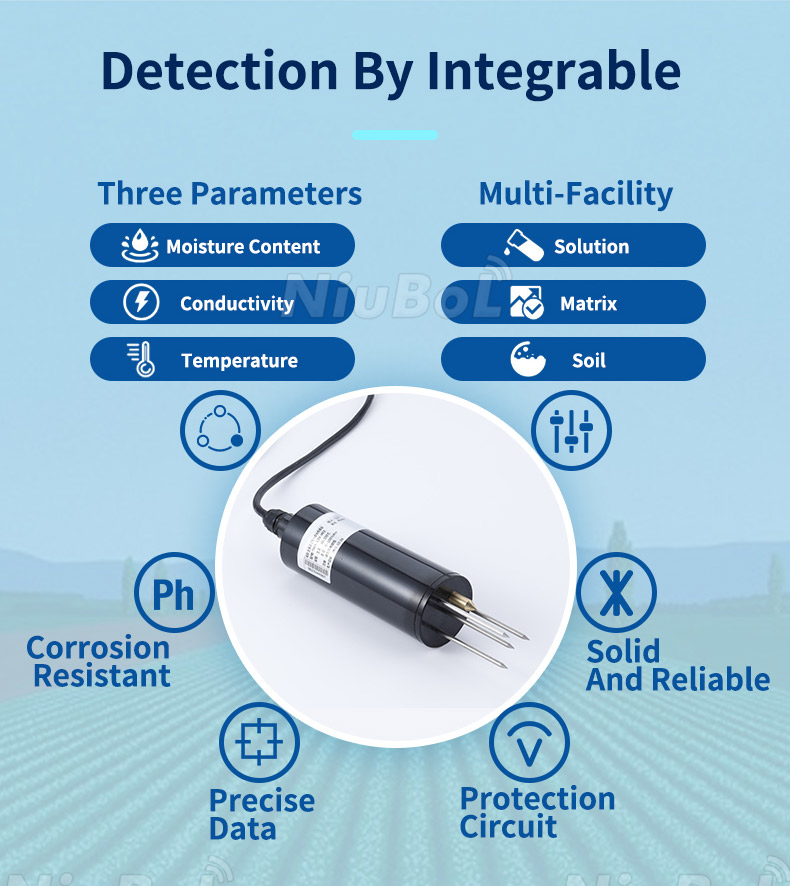
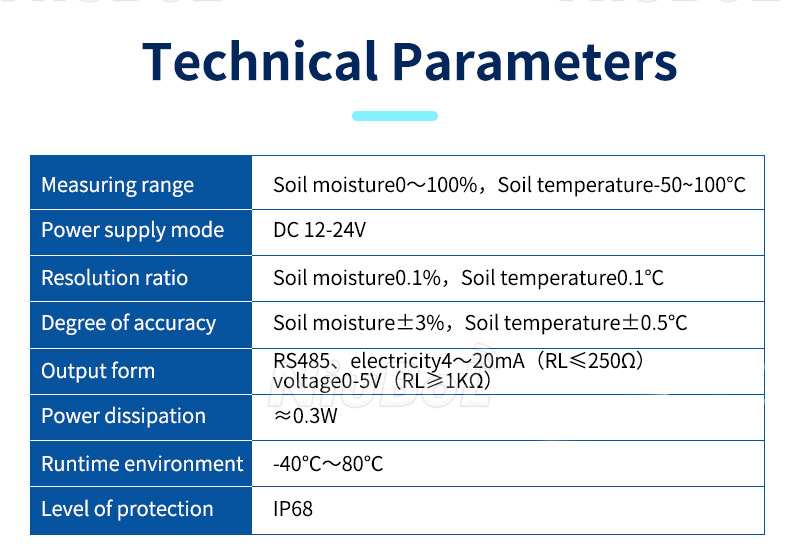
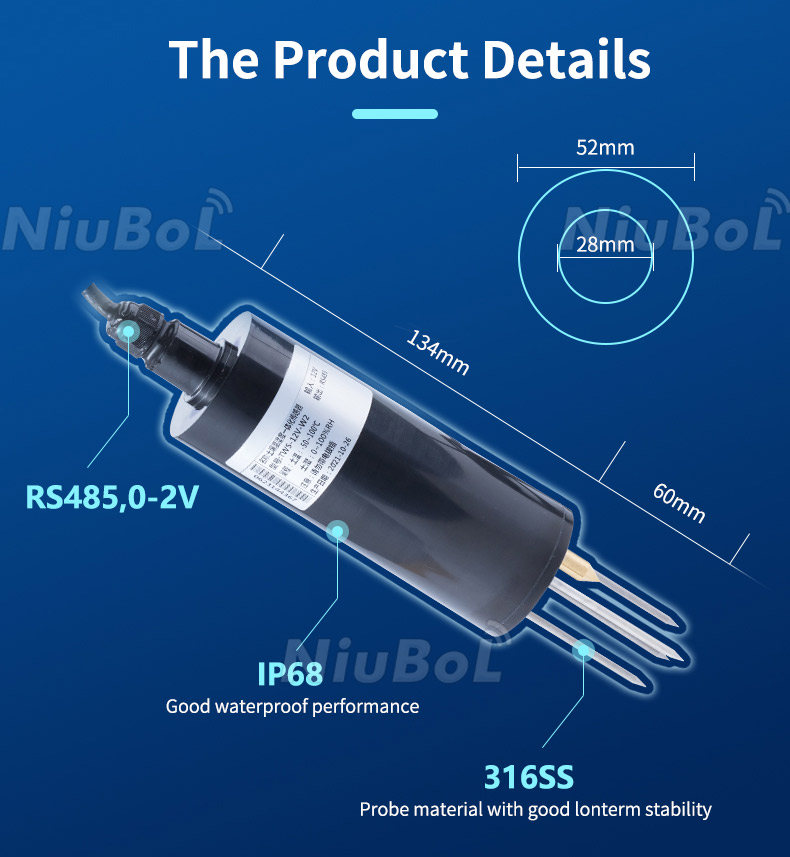
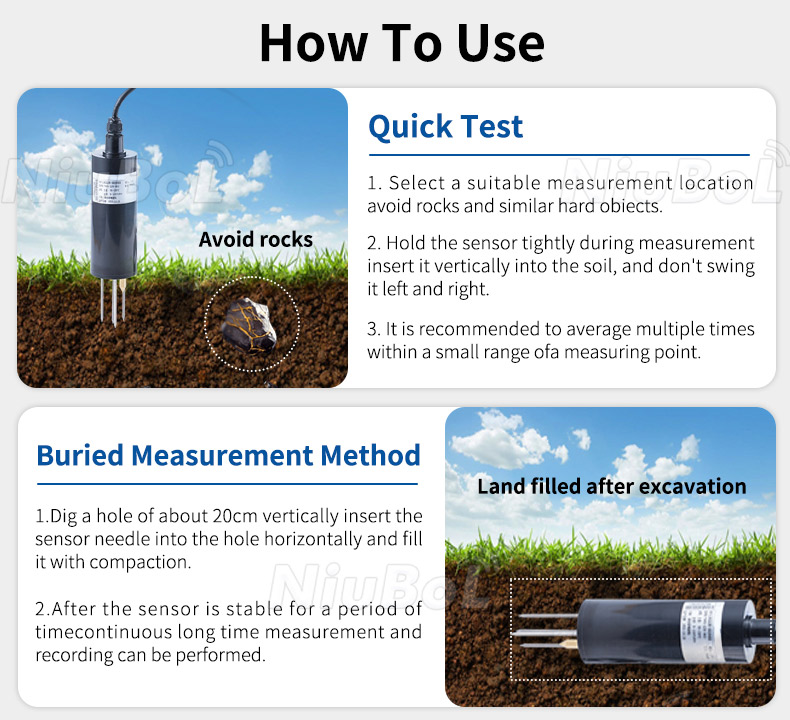
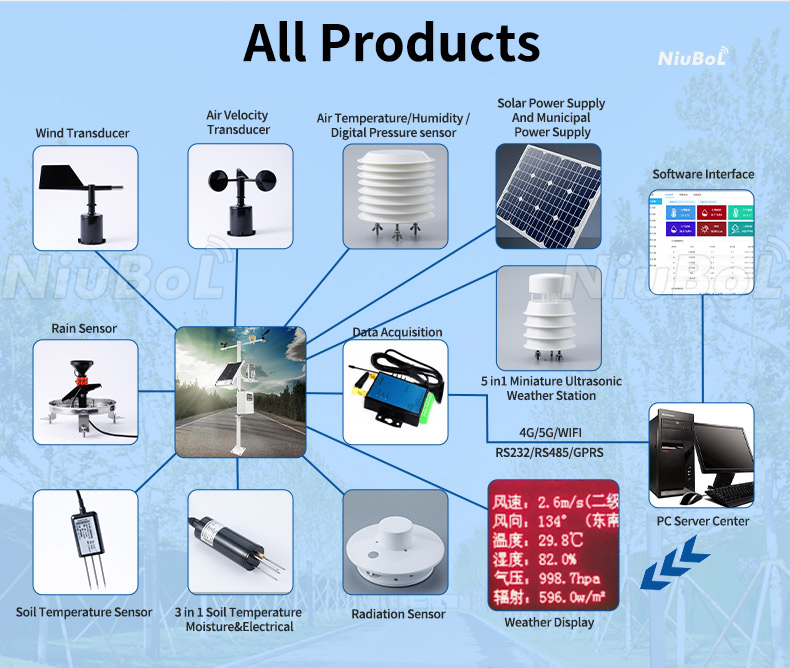
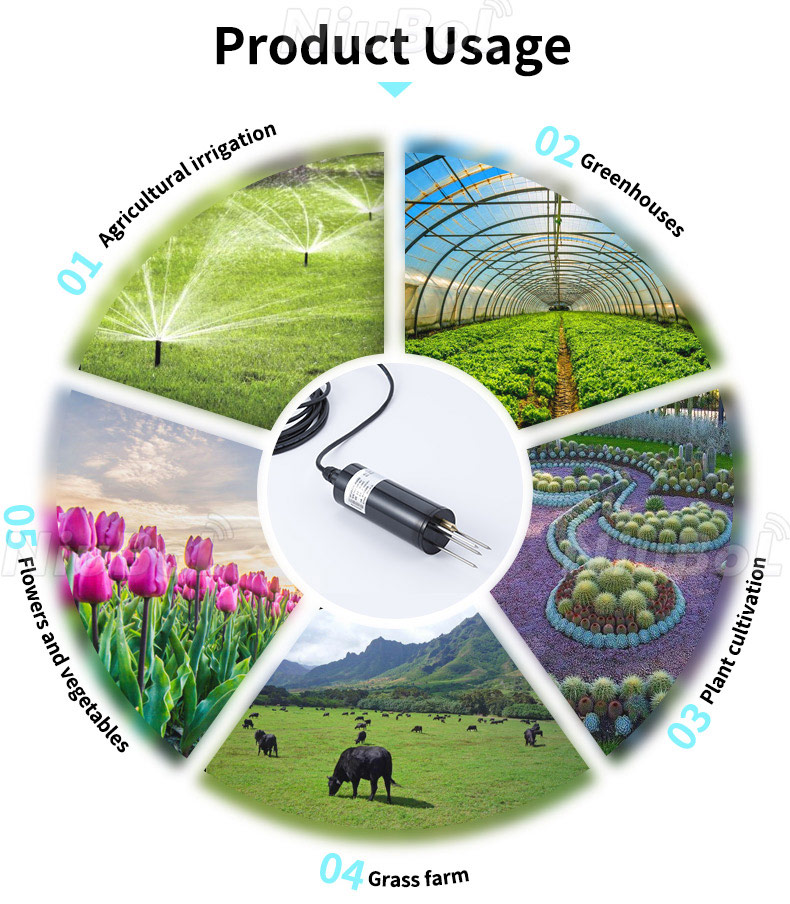
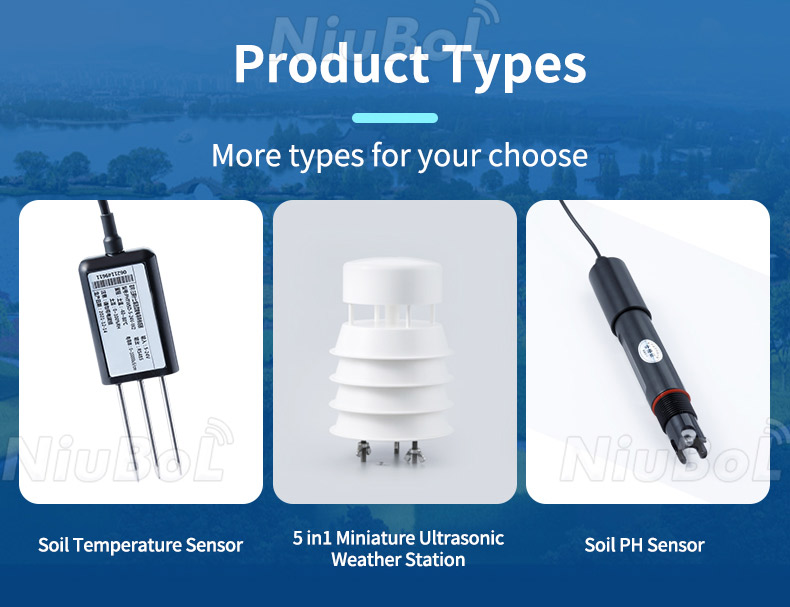
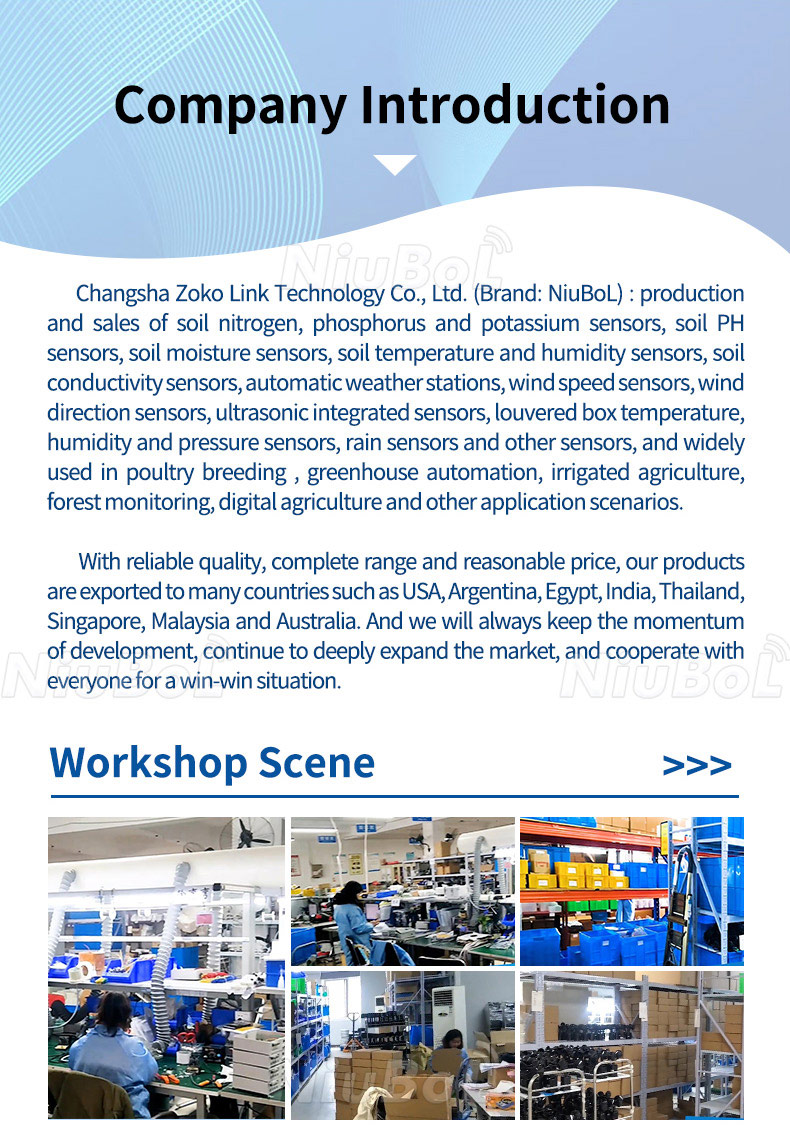
Soil humidity sensors, also known as soil moisture sensors, are important tools for monitoring and managing soil moisture levels in agriculture, horticulture, landscaping, and environmental monitoring. In this comprehensive guide, I will cover the working principle of soil humidity sensors, their application value, installation methods, and practical considerations.
Soil humidity sensors measure the volumetric water content in soil by detecting the dielectric constant of the soil, which is directly related to the water content. The sensors typically utilize two main techniques for measuring soil moisture:
1. Capacitance-Based Sensors: These sensors measure the changes in the dielectric constant of the soil by creating an electromagnetic field around a capacitor. When the soil moisture changes, it alters the capacitance, allowing the sensor to quantify the soil moisture level.
2. Tensiometer-Based Sensors: Tensiometers measure soil moisture by gauging the tension or suction required to pull water out of the soil. As the soil dries, the tension increases and can be measured to determine the soil moisture level.
Soil humidity sensors offer several key benefits and applications, including:
1. Optimizing Irrigation: By providing accurate and real-time data on soil moisture levels, these sensors enable farmers and gardeners to optimize irrigation practices, reducing water waste and ensuring that plants receive the appropriate amount of moisture.
2. Crop Monitoring: Soil humidity sensors help farmers monitor the moisture status of the soil, which is crucial for crop development, root growth, and overall plant health. This data aids in making informed decisions about planting, watering, and fertilization.
3. Preventing Water Stress: By alerting users to low soil moisture levels, these sensors help prevent water stress in plants, which can lead to reduced crop yields and lower quality produce.
4. Conservation and Environmental Monitoring: Soil humidity sensors are crucial for monitoring and managing water resources, especially in areas prone to drought or with limited water availability. They support conservation efforts and aid in maintaining healthy ecosystems.
5. Research and Education: Soil moisture sensors are essential tools for scientific research, agricultural education, and environmental studies, providing valuable data for understanding soil-water dynamics and plant-soil interactions.
When installing soil humidity sensors, several factors should be taken into consideration:
1. Depth of Installation: Sensors should be installed at varying depths to capture a comprehensive view of soil moisture across different layers. This helps in understanding the overall soil moisture distribution and root zone moisture availability.
2. Sensor Calibration: Before installation, it's important to calibrate the sensors to ensure accurate readings. Calibration should be performed in soil conditions similar to the installation site.
3. Positioning and Spacing: Sensors should be strategically placed to capture representative soil moisture data. Consider the size of the area being monitored and the specific requirements of the plants or crops being grown.
4. Protection and Maintenance: Sensors should be protected from physical damage and debris. Regular maintenance should include checking for proper functioning and cleaning if necessary.
In summary, soil humidity sensors play a vital role in modern agriculture, horticulture, and environmental management. By providing real-time data on soil moisture levels, these sensors contribute to improved water management, increased crop productivity, and sustainable land use practices. Their accurate measurements help ensure optimal growing conditions for plants and contribute to the efficient use of water resources.
Sensors & Weather Stations Catalog
Agriculture Sensors and Weather Stations Catalog-NiuBoL.pdf
Weather Stations Catalog-NiuBoL.pdf
Related recommendations
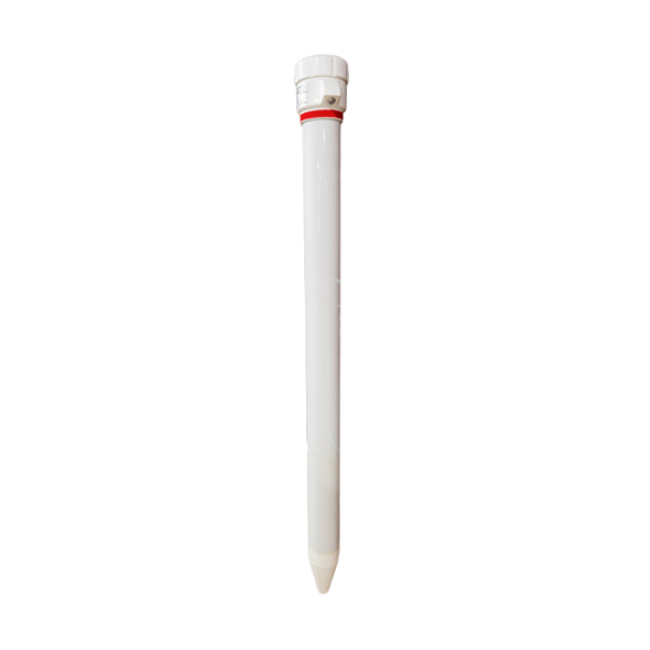 Multi-Depth Soil Sensor RS485
Multi-Depth Soil Sensor RS485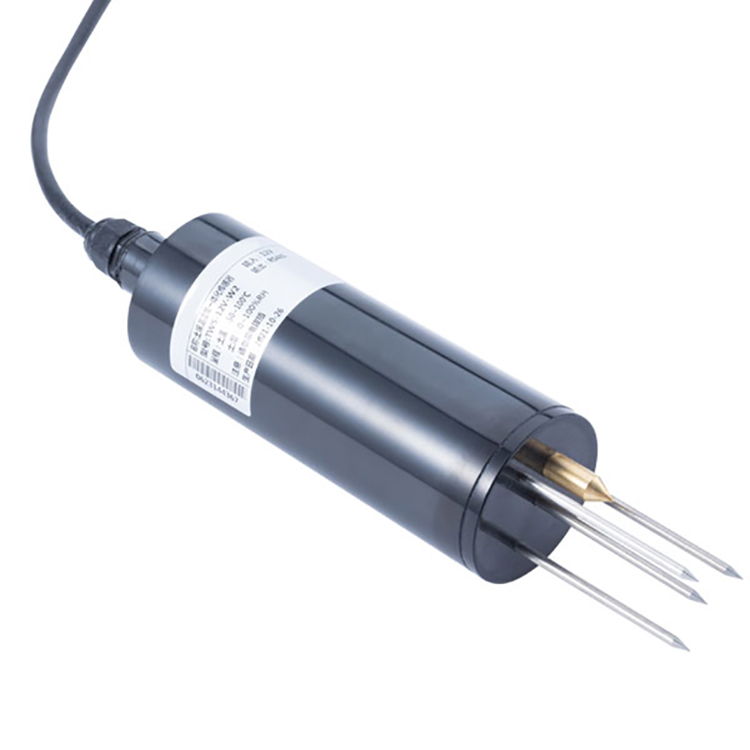 TDR Soil Moisture Sensor
TDR Soil Moisture Sensor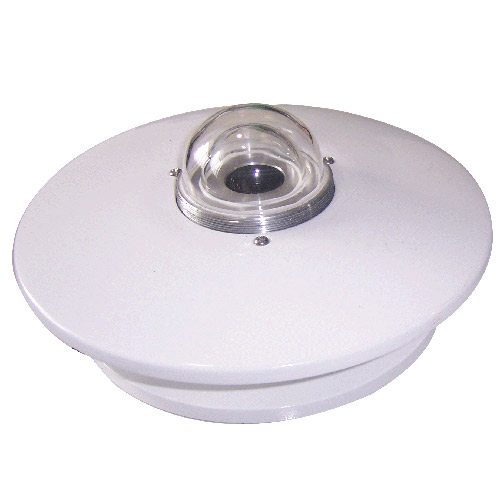 Pyranometer Solar Radiation Sensors
Pyranometer Solar Radiation Sensors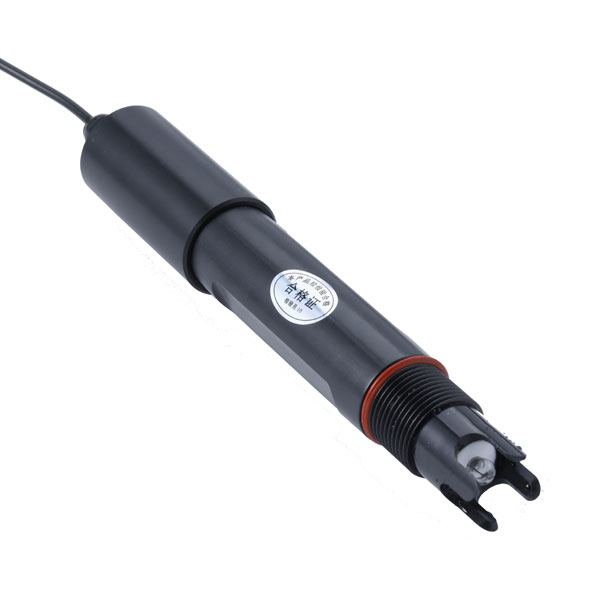 Soil ph sensor
Soil ph sensor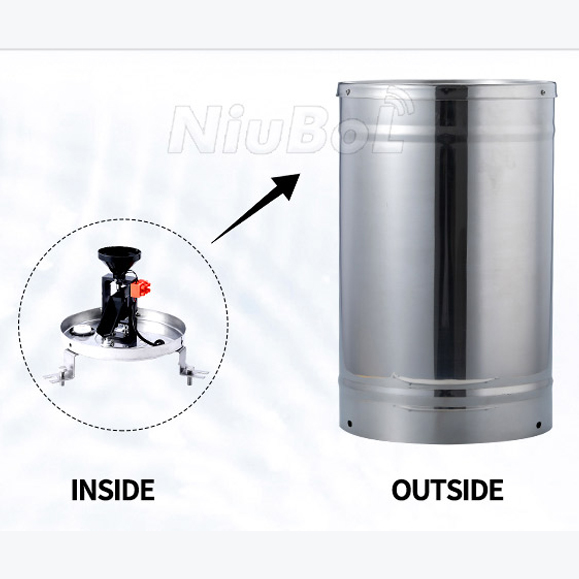 Tipping Bucket Rain Gauge
Tipping Bucket Rain Gauge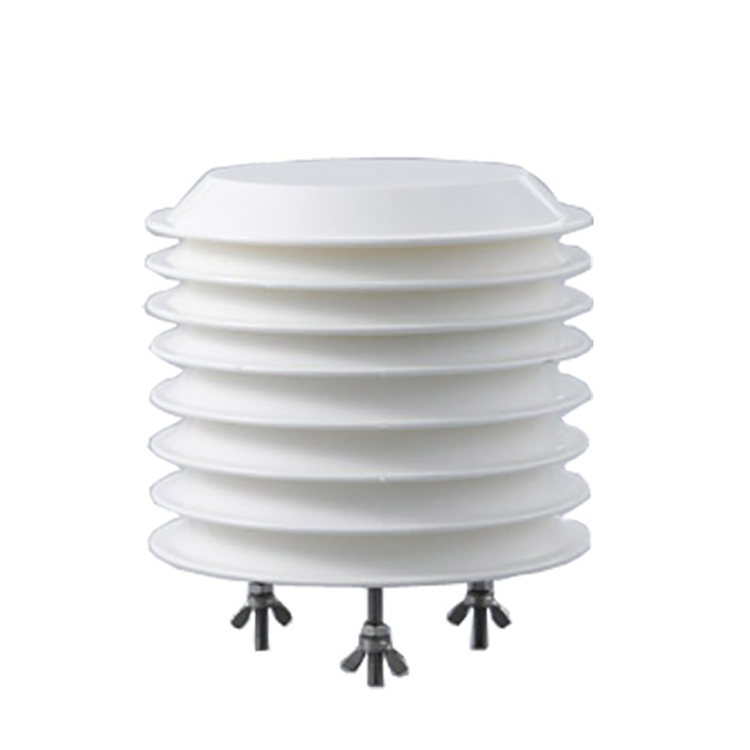 Air Temperature and Humidity Sensor
Air Temperature and Humidity Sensor
Screenshot, WhatsApp to identify the QR code
WhatsApp number:+8615367865107
(Click on WhatsApp to copy and add friends)
